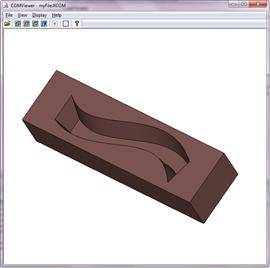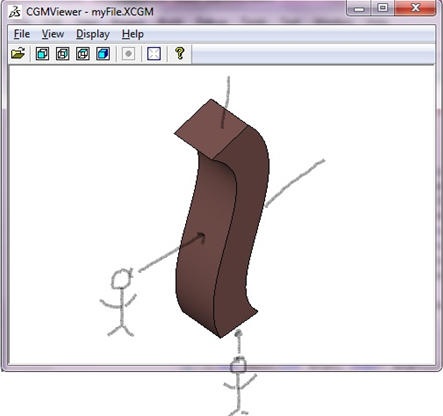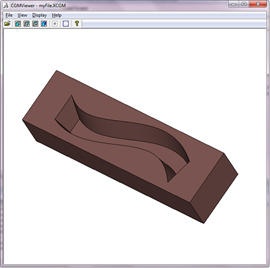John's recent post on documentation and behavior driven development reminded me of an interesting experience I had last fall in developing training documentation. Our annual 3D Insiders' Summit (early bird registration is now open, by the way. We hope to see you there!) always gives the sales team a rare opportunity to come together from around the world in one geographic location with a large chunk of the development team. We decided to take the time to have some introductory CGM training for the TAMs (Technical Account Managers), and through the process of elimination, I somehow landed the task of organizing it.
Unfortunately, we were challenged by a number of issues. We only had a day and a half. Most of the developers and TAMS were busy in the months prior preparing presentations and demos for the Summit, including me. Amongst our team, we had varying levels of hands-on experience with CGM, and I had the least experience of all. Given these constraints, how could I ensure that we would make the most of our short time with development?
The first thing I did, of course, was to procrastinate for a few months. What's that saying, "I work best under pressure?" If that's true, there was going to be some good stuff coming for sure. With three weeks left, it hit me . . . people have extended their trips by two days to come to this training, which I haven't even started preparing. Panic! What could we do with the least amount of effort possible? I worked with development to gather any and all presentations we had lying around and threw them together into one messy powerpoint - something like 60 slides, I think. Uggh, nobody is going to have time to fix this, I don't know how to do it, and if we don't, it will be soooooo boring to sit through.
 Hmm, let's avoid that topic for now. Maybe some hands-on exercises would help. I agreed to create a sequence of exercises demonstrating a (very, very) simple CAM mold and die workflow. Brilliant idea, Stef. I've never programmed with CGM before, and my ACIS is even a bit rusty. Oh well, dive in . . .
Hmm, let's avoid that topic for now. Maybe some hands-on exercises would help. I agreed to create a sequence of exercises demonstrating a (very, very) simple CAM mold and die workflow. Brilliant idea, Stef. I've never programmed with CGM before, and my ACIS is even a bit rusty. Oh well, dive in . . .
Early on, I had a pleasant surprise. The team working on componentizing CGM had spent a lot of time thinking about things they'd like to do differently from Acis, and one of those was a strong documentation structure right from the beginning. The structure is oriented towards hands-on cases, FAQs and tutorials (documentation driven development as John mentioned), with less emphasis on theory and technical articles. Their work had paid off. I was expecting to need a lot of help, given my novice state, but I was able to develop the whole workflow with only their documentation. I made some mistakes along the way, but I was able to sort them out on my own without insider help.
One problem though, was that despite the smooth development process, it was still enough work that it wouldn't fit into a 2 day training and leave us time to talk with development. Then somebody had the brilliant idea that we should assign the exercises as homework. I decided to turn my whole experience into the homework, mistakes and all. It took me a few hours to create a sequence of 15 assignments, with helpful documentation links, screenshots and hints, but no explanations from me.

Fig. 2 Above: We’re getting ready to create a mold for this swept body. We’ll use a draft to taper the sides of the part for extraction from a mold. Before drafting, we first need to pick faces for the draft.
- Pick the ribbon faces as shown in the picture below. (Hint: the little man is looking in the – X direction from 10, 0, 1 and in the +Z direction from 0,0, -1)
The idea worked pretty well. Most people did the homework. Some flew through it in a day, and some ran into difficulties and weren't able to finish. But everyone came into the training with a lot of questions and basic knowledge. During the training time, we skimmed through the messy presentation, spending most of the time asking development about the finer points and harder technical problems. The training seemed truly customized for the audience because in a sense, we created it as we went. John, what would this be called? CDT (customer driven training), PDD (Panic Driven Development), LOOE (Lucky, One-Off Experience)?
I'd be curious to know about your most valuable training experience.



.jpg?width=450&name=Application%20Lifecycle%20Management%20(1).jpg)















